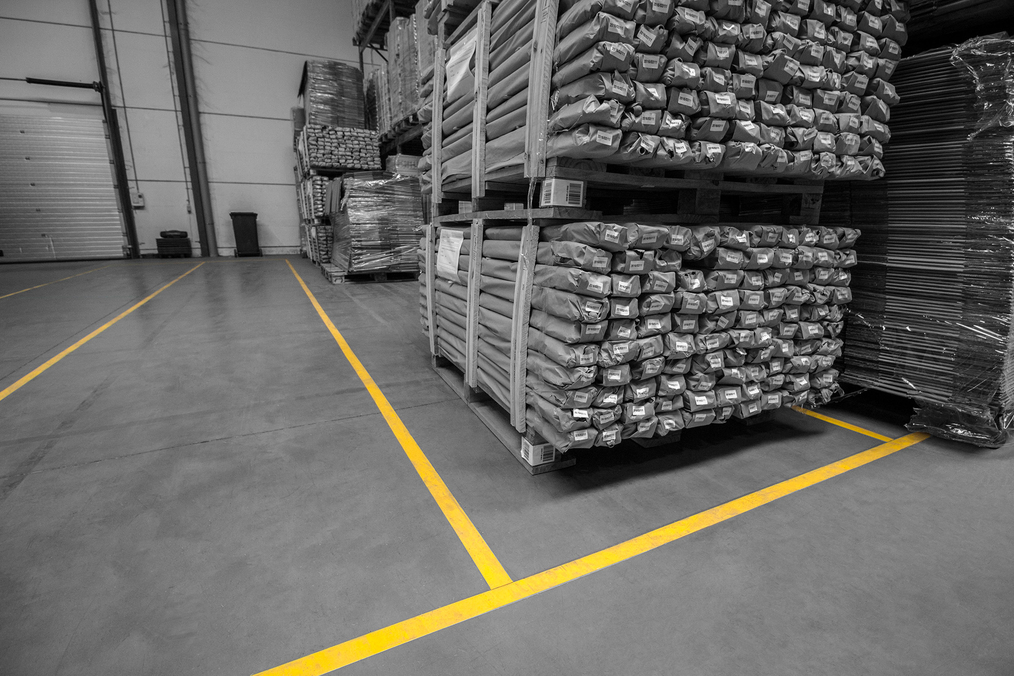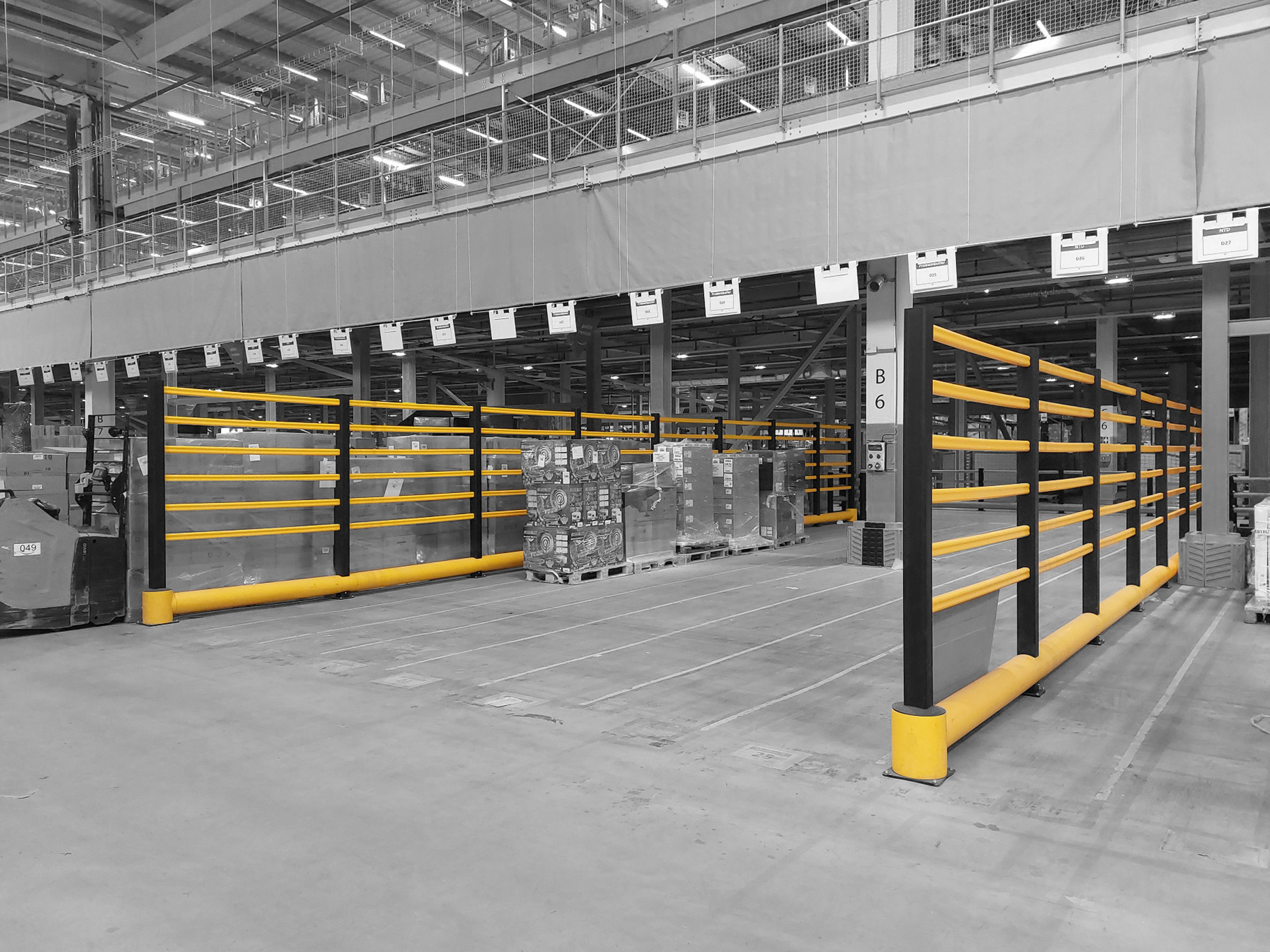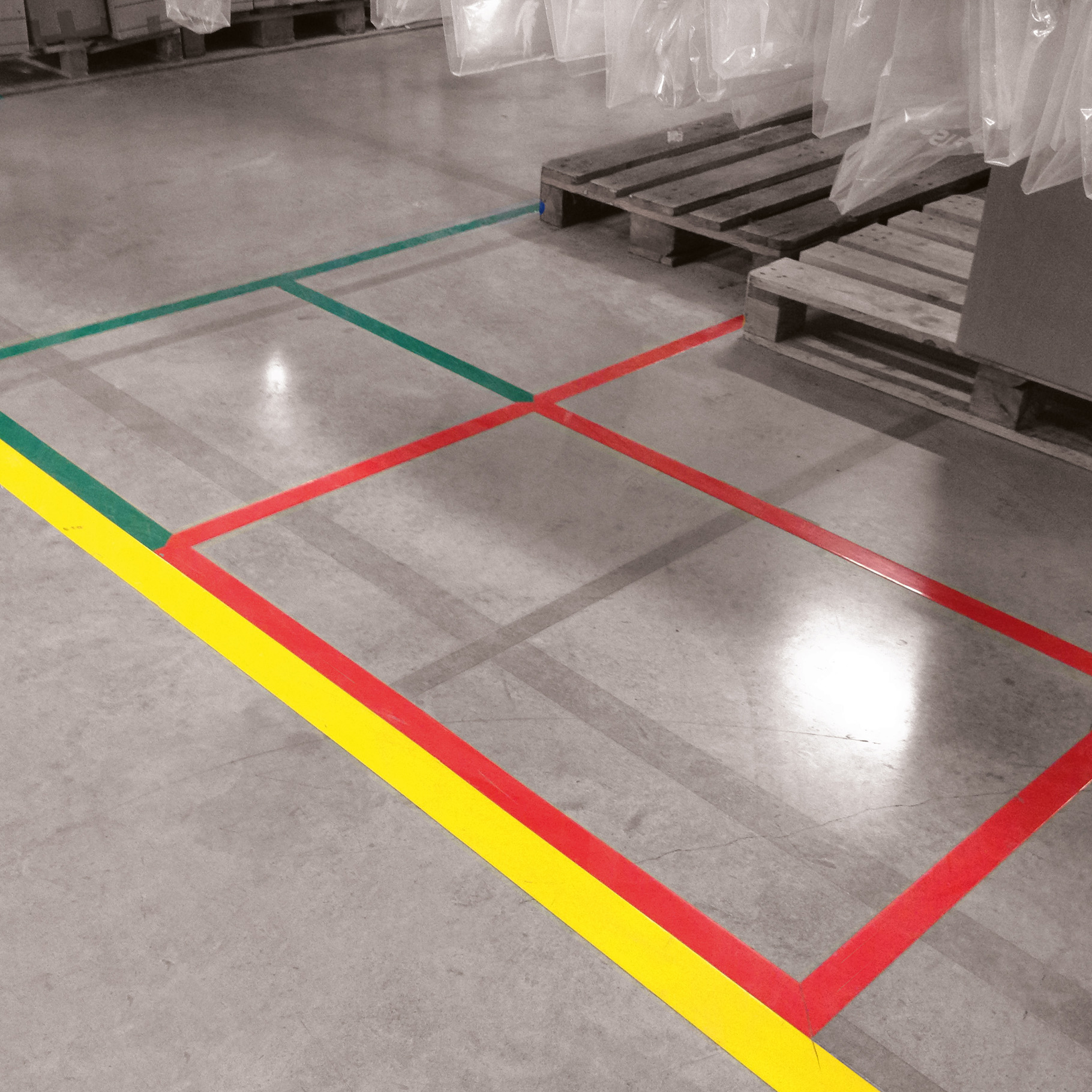How to apply Lean 5S in the workplace
You too can optimise your workplace with Lean 5S!
Does the following statement sound familiar? "If only I had put it back in its place..." A thought that indicates your operations are not running optimally. Precious minutes are lost in the search for the right material. This is usually accompanied by a drop in productivity. Why waste time when you can do things differently? Find out how you can improve your operations with Lean 5S!

WHAT DO THE 5 S's STAND FOR?
Lean 5S allows you to continuously optimise conditions in the workplace. If employees respect the five elements, they can keep their workplace nice and tidy. 5S therefore improves operations in every workplace. This contributes to greater focus and safety. 'Safety' could be a sixth S.
Lean 5S originated in Japan when Toyota introduced it to its production workshops. The goal was to make business processes leaner and therefore more productive. It relied on the following Lean 5S elements to achieve this:
S1: Sort or SEIRI
Seiri means you only keep what you need. We tend to accumulate too much. This collecting frenzy has a great impact on the order and cleanliness of your workplace. To make space, keep only what is useful for the activity to be performed: sorting is recommended. Consider of broken or damaged items, items you haven't used in a long time and items that need to be replaced. It seems obvious, but too many workplaces are full of these obsolete items. They increase the risk of falling, tripping, bumping and slipping.
So start by removing unnecessary items from your workspace.
S2: Set in order or SEITON
The Seiton motto is: "a place for everything and everything in its place". It comes down to collecting or stocking all your materials or goods in the right place. Thanks to optimal storage, you don't waste time and you avoid questions such as: "Does anyone know where I can find this?" Better visual management also allows you to organise your workspace and improve productivity. What is the best approach for this? The answer is simple. Start by giving each tool its own place. In addition, the use of floor markings is highly recommended. This preventive measure prevents employees from simply keeping goods in the middle of the warehouse. You will find floor markings in all kinds of applications: from floor marking tape for certain zones to floor markings with an anti slip coating and many other types of markings.
S3: Shine or SEISO
You have already cleared your work environment of any unnecessary items (SEIRI) and the goods you have kept are stored in an orderly and organised way (SEITON). Time for the third step: SEISO or Shine is about cleaning your workspace. A clean workspace doesn't just make you feel good. It also brings potential problems to light. If a machine with technical problems is leaking oil, you will notice this far sooner if is always kept clean. If it isn't, you won't notice there is an issue until it is too late, with possible dramatic consequences, such as downtime. Not surprisingly, cleaning is therefore an integral part of the inspection checklist. It helps to maintain a safe workplace.
So, draw up some cleaning rules and maintenance standards and prevent the premature wear and tear of your machines.
S4: Standardise or SEIKETSU
Time to keep the workplace in order. Draw up procedures, schedules and rules and make sure people observe them. This ensure the consistent implementation of the above action items. Standardisation (SEIKETSU) triggers a flow that minimises surprises.
Floor marking tape is also useful here, as it constantly reminds people of the established safety regulations.
S5: Sustain or SHITSUKE
To reap the long-term benefits of the first four S's, it is important to sustain your efforts. The goal is to create a safety culture in the workplace. Check that everyone observes all preventive measures and intervene if they do not. A checklist or audits are highly recommended for this.
Why not 5S + 3?
It goes without saying that the implementation of Lean 5S contributes to safety at work, which is Boplan's goal! Preventive measures that prioritise order and cleanliness in the workplace help prevent accidents or damage to infrastructure. This is why we like to add a sixth S to the original 5S: safety. Security and satisfaction are other possible additions. They go beyond purely preventive measures: we also recommend collective protective equipment. It is the only way to protect yourself from accidents and damage after an inevitable blow.
Depending on your safety problem and work situation, you can choose from different safety applications: from safety barriers to fall protection.
At Boplan, we propose the safety solution that is most suitable for you. Feel free to contact us to find out more about the safety applications that suit your working environment.
What are the advantages of Lean 5S?
Every method or rule has advantages and disadvantages. For Lean 5S to work optimally, cooperation is necessary. One employee who doesn't keep goods in their right place will affect the work of others and make your operations more difficult. All employees must follow the rules in a disciplined way, which isn't always easy.
Practice makes perfect, and in this case it brings many benefits:
Lean 5S is easy to implement and improves working conditions.
Lean 5S improves cohesion and team spirit.
Lean 5S encourages keeping the workspace tidy and stops people from leaving materials where they are not supposed to be. This helps to prevent tripping and falling. It is therefore an important preventive step towards greater workplace safety, which also benefits your company's brand image.
Lean 5S gives employees a clear overview. The demarcation of certain zones with floor marking tape, for instance, helps to structure the work area and makes it easier to find goods or materials. This in turn saves time.
Lean 5S helps to improve productivity and therefore indirectly contributes to higher sales.
How do you implement Lean 5S?
Now that you know what Lean 5S means, it's time to implement it. To optimise your operations, it is important to take a step-by-step approach. In an organised line of action, you map out each area of your business and you determine whether it meets each S. You cover everything one step at a time and make sure you don't miss anything. Try to answer the following questions:
- How often will I use these tools or materials? Do I need more than one? If the answer is no, remove them from your workspace and prevent it from being left anywhere. (Sort - SEIRI)
- Are the items in the right place? Can I find them easily? If the answer is no, Then look into the possibility of giving them a fixed location. This will make it easier for everyone to find them. (Set in order - SEITON)
- Are your machines serviced regularly? Regular maintenance gives you a better picture of the condition of your machines and allows you to intervene more quickly in the event of a technical problem. (Shine - SEISO)
- If you notice that people's compliance with the rules is fading as they slip back into their old habits, you know that either the rules need to be clearer or they need to be observed more strictly. Ensure standardisation and reminders in the workplace. You can do this by adding floor marking tape or by installing safety products that increase visibility. Procedures and schedules also help. (Standardise - SEIKETSU)
- Regular audits will keep you on the right track to keep your workplace tidy. (Sustain - SHITSUKE)
If you want to go one step further and focus on protection as well as prevention measures, we will give you more information about our safety solutions for your workplace. Contact us with no obligation or browse our catalogue for more information and inspiration.

